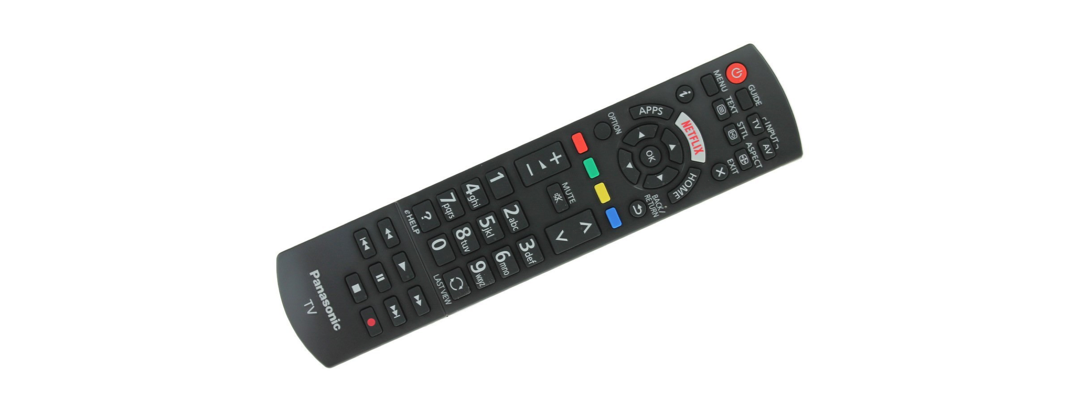They say that January 19 is the fateful day that people start to give up on their New Year’s resolution.
In some respects I have done better, I have lasted 67 days. But truth be told I have only really lasted two blogs.
That’s right, you gave me a New Year’s resolution to not write about Sky and I’m about to break it.
But before you stop reading and start emailing me to get me to stop this fixation, this time it is different, seriously.
So don’t worry I’m not going to focus on
- How they lost 34,000 satellite customers last year, and how they don’t break out Neon or Fanpass numbers.
- How when you cancel their service they tell you that you can’t be a customer for another 6 months
- How they make you drop the box back to a little store in Mt Wellington, or send you to Baycorp
- How their content costs are going to go up due to a bidding war with rumblings of TVNZ and Spark looking to bid for the World Cup
No don’t worry, I’m not going to talk about any of those things.
What I am going to talk about is their bold pricing move that they announced last week. And more particularly, to let you know why they’ve done it, and what Sky needs to believe to make it commercially viable.
What’s changed?
Sky have announced two new plans. Sky Basic that was previously ~$50 per month has been split into two packs Basic at $24.91 and Entertainment $25. You can bundle Sky Basic with sport for an additional $29.90 ($55 in total). This means if you only have Sky for sport you can get it for $55 per month instead of $75.
Why has Sky effectively lowered the price of the sports bundle by $25
Simply put they have a churn problem. There are a large number of customers that are hostages and only subscribing to Sky to get access to sport, and while a lot of them are still holding onto their Sky subscription there is a growing number that just don’t see value in paying $75 per month for sport and they are starting to leave.
Sky’s hope is that instead of leaving, customers who think $75 is too much to pay but still want to watch sport, will see value in paying $50 instead of $75. While other customers will continue to be happy to pay for the basic, entertainment and sport packs.
How can Sky make a price reduction work commercially?
- The package will be attractive enough they will be able to reconnect churned subscribers. A churned subscriber is worth $0, if they can get them back at $50 a month then this is an upside.
- Sky’s existing customers who were considering leaving won’t, instead, they will trade down, so they will have a churn save. Instead of the subscriber going from $75 per month to $0 they will go from $75 to $50.
- There is enough value in the entertainment pack so the customers that weren’t considering churning don’t just decide to trade down and bank $25 per month savings.
For a minute imagine you’re a pricing manager presenting to me to get sign off. Here are some things you need to answer:
- How many customers do you think will trade down from $75 to $50?
- How many of those customers would have churned if we didn’t have this i.e. how much is our churn save?
- Do we have enough value in the Entertainment pack to discouraging existing customers from trading down. And do we have enough value in the Entertainment pack to encourage new customers to trade up?
- Coming into the Super15 and NRL season, how many new customers will you get above our current run rate?
- And how many new customers would have happily paid $75 but will only now pay $50, does the increase in number of new customers offset the potential lower revenue we will receive from them?
- How many new or returning customers do you think we will win?
- In summary, how are you going to ensure that happy customers don’t trade down while ensuring unhappy customers consider the new pack vs. leaving.
What does the market think of the move?
Not much really, off the back of the annual results and new pricing plans Sky’s share price was down 15% last week. I guess we will have to wait a year to see the results and I will try to keep the New Year’s resolution a little bit longer.
KS
PS: I guess if you are going to break a resolution you may as well break it big.
The other piece of scuttlebutt that I picked up is that Sky could follow British pay-television firm Sky Plc and bundle its service with Netflix. Here are three reasons it won’t work:
- Early adopters already have Netflix, they have a billing relationship with Netflix, what is the incentive to move?
- The UI of TV’s is going to be better than Sky can produce – they already have it built into their remotes.
- It won’t be an important part of the portfolio for Sky compared to HD, MySky, Movies etc, and it will be relatively low margin. Therefore it just won’t get headspace for the sales team.




